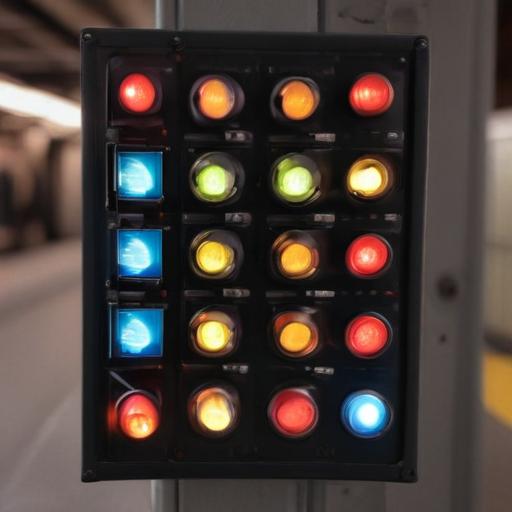The Metropolitan Transportation Authority (MTA) is currently facing significant challenges in its ambitious multi-billion-dollar initiative aimed at upgrading the aging subway signal system. A recent report by an independent engineering consulting firm reveals that these upgrades are not only years behind schedule but also millions of dollars over budget.
The MTA is concentrating on modernizing signals across four key segments of the subway system, with delays reported to span from nine months to as much as three years. Notably, the signal upgrades for stretches in Queens were completed in March, but these enhancements took four years longer than initially projected.
For decades, modernizing subway signals has been seen as a crucial step to improve overall service and reduce delays. The current signaling technology predominantly in use dates back to the 1930s, directing trains in a manner that limits efficiency. However, a newer system known as communications-based train control facilitates improved communication between trains, allowing them to operate closer together and at higher speeds.
The report highlighted that signal upgrades on the F line in southern Brooklyn are now set to be completed in September, an extension of three years compared to original forecasts. Work on the A, C, and E lines in Manhattan is expected to finish in October 2027, with delays extending over two years, while enhancements on the F train in eastern Queens are projected to conclude in March 2028, also more than a year behind schedule.
The report indicates that delays for the G train, a line that saw extensive shutdowns last summer, will result in completion not occurring until July 2029—an additional two years beyond the projected timeline. MTA officials attributed these setbacks to contractor issues and a shortage of engineering expertise.
Jamie Torres-Springer, the MTA’s construction chief, commented on the struggles faced by the G line, stating that the modern signal system specifications necessitate the use of 5G technology. However, the transponders installed in the MTA’s newest subway cars operate on outdated 4G technology, likening the situation to relying on an obsolete cell phone.
In addressing the delays, MTA representatives emphasized a proactive approach, revealing plans to train additional engineers to manage the obsolete signal equipment and expedite project completion. They also pointed out issues with equipment installation performed incorrectly by contractors as a source of further delays.
Despite these challenges, the MTA has committed to launching an even more comprehensive wave of signal upgrades, with a newly approved five-year construction plan that allocates an additional $5.4 billion toward these improvements.
Much of the impetus for modernizing the subway signals was initiated under former NYC Transit President Andy Byford, who in 2018 established a long-term modernization agenda. Although Byford and his project leader, Pete Tomlin, resigned following restructuring changes to the MTA, the ongoing commitment to enhancing the subway infrastructure remains a priority for the current leadership.
The MTA is in a crucial period of transition, and while challenges abound, the ongoing modernization efforts are vital for the future reliability and efficiency of the subway system.
